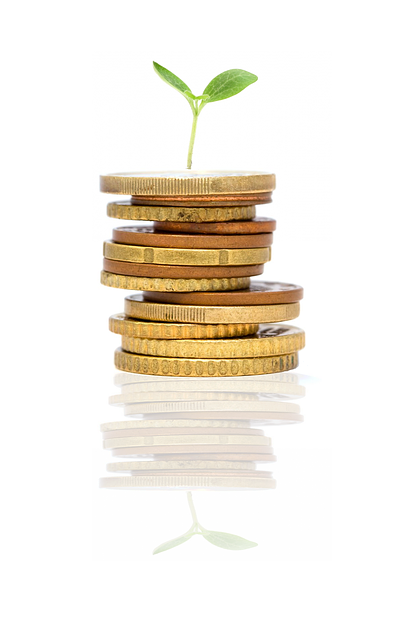Impact Investing: Calculating and assessing the impact

A recent piece in the Harvard Business Review states that as investors are eager to generate both business and social returns, one avenue has been impact investing or "directing capital to ventures that are expected to yield social and environmental benefits as well as profits."
The article -by Chris Addy, Maya Chorengel, Mariah Collins, and Michael Etzel- points out that "a program’s impact is not just about the number of people touched; it’s about the improvement achieved. Fewer people touched deeply may be worth more than many people hardly affected."
According to the piece, the partnership between the Rise Fund, a $2 billion impact-investing fund for growth-stage companies managed by TPG Growth, and the Bridgespan Group, a global social impact advisory firm, led to a methodology "to estimate—before any money is committed—the financial value of the social and environmental good that is likely to result from each dollar invested. Thus social-impact investors, whether corporations or institutions, can evaluate the projected return on an opportunity."
The article provides steps to calculate this metric, called the impact multiple of money (IMM), during an investment-selection process while arguing "businesses and investors must develop better ways to assess social and environmental impact":
This is a priority concern not just for impact investors but for all those who want to see more private capital flow toward solving pressing social needs. (...) In a world where more and more CEOs talk about profit and purpose, the IMM offers a rigorous methodology to advance the art of allocating capital to achieve social benefit.
Read the Harvard Business Review article.
Image: Pixabay/tumisu
